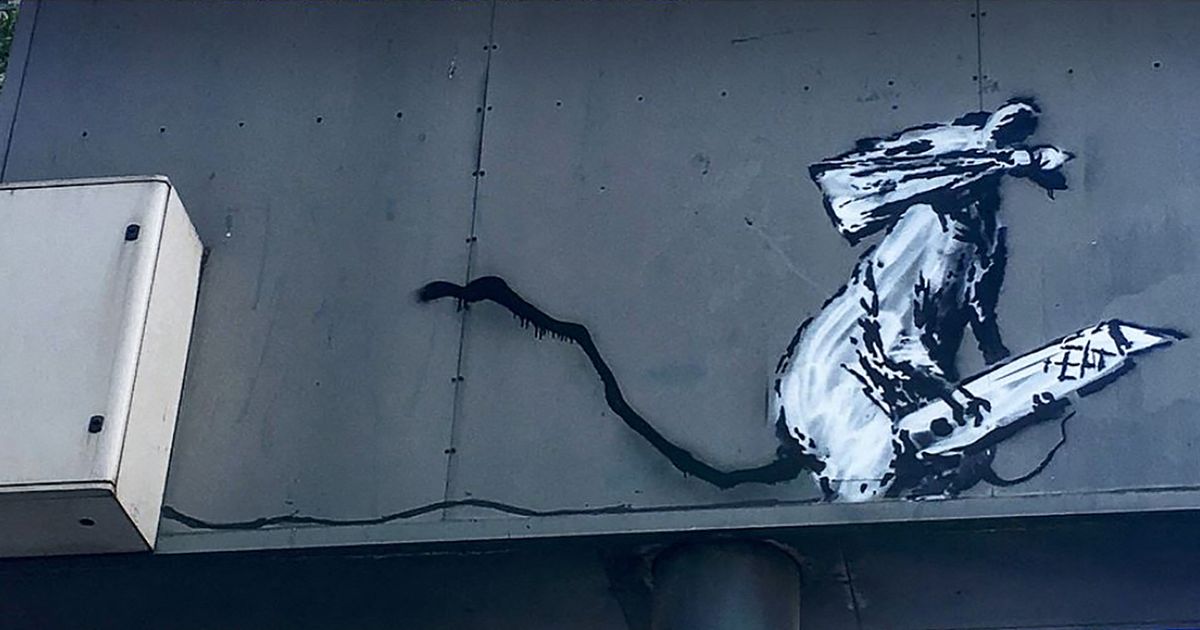Berlin.
There is a revival on the tracks of Europe: the night trains are being rediscovered. And that’s not just because of climate awareness.
As an inexperienced night train passenger, I am briefly confused when entering the compartment. Where my berth for the trip should be according to the reservation number on the ticket, there is only one bench.
Only at second glance does it become clear to me: the backrest can be folded up and fixed to two brackets. This turns a bench into two loungers. And because there is still space up to the ceiling, there is a third lounger there. The same picture on the other side of the compartment. Makes a total of six loungers.
A narrow ladder leads up in front of the window. It’s not just the worn hinges that bear witness to decades of use on Europe’s tracks.
Welcome to the six-seater couchette car of an ÖBB Nightjet. The Austrian Federal Railways, ÖBB for short, offer services from several German cities night train connections from Hamburg to Innsbruck, Munich to Rome, Stuttgart to Venice or Berlin to Zurich. The latter is the train I’m on. I will go with you to Basel. Departure 9 p.m., arrival 7.20 a.m., intermediate stops in Leipzig and Frankfurt, among others.
Slowed down and effective at the same time
If you were to take a direct ICE connection by Deutsche Bahn between the two cities during the day, you would be almost three hours faster. But you would just spend the day on the train. This is an advantage of the night train: it slows things down and is also very time-efficient.
“At first you think: It takes a long time,” says Patrick Neumann. “But actually you save a day. You can start rested as soon as you arrive.” And because the return trip often starts between 6 p.m. and 11 p.m., you then have a full day on site, says the expert from “Back-on-Track“, an initiative for more night train traffic in Europe.
In addition, it is a journey with a comparatively green conscience. Because the CO2 footprint that a passenger leaves behind on the night train is many times smaller than if he or she travels the same distance in a car or even on an airplane.
And there is also the nostalgia factor as an encore. After all, the night train is a form of travel whose history dates back to the mid-19th century.
It’s getting tight in the compartment
I have the compartment to myself for the first two and a half hours. A young couple gets on in Leipzig. With three people and their luggage, the six-seater compartment with its aisle only half a meter wide between the three-storey berths is already well filled.
When the train attendant hands in the breakfast that is included in the fare the next morning, it takes a bit of skill and consideration to ensure that no one accidentally kicks the others when the middle bunks are folded down to set up the bench seats. What it might be like when there really are six people in here?
In Central Europe there are usually couchette and sleeping cars to choose from, explains Sebastian Wilken, who writes about train travel in the “Zugpost” newsletter. To make the difference clear, he draws a comparison: “A couchette car is a rolling youth hostel, a sleeping car is more like a rolling hotel with more service.”
As an experienced night train passenger, Patrick Neumann has two tips:
1. Sort the luggage beforehand. “The compartments are not dance halls, there is little space,” says Neumann. The toothbrush is better kept at the top, ready to hand. Otherwise you’ll twist yourself when rummaging in your suitcase. In general: It is better not to have more than one large piece of luggage with you on the night train. At least there was just enough space for my snowboard bag under the lounger.
2. Take some drinks with you and share them with the compartment passengers to have a nice evening. A night train journey is often also a piece of international understanding. If you want to be alone, you have to book a private compartment.
Not very rested, but not done either
My night on the way to Switzerland was okay, but I didn’t really get a deep sleep: The hard bed, which was a bit too short for my length of 1.90 meters, the jerking of the train and the constant rustling of the ventilation… .It’s probably a matter of habit. In short: I wasn’t really well rested in the morning, but I didn’t feel exhausted either.
“Some sleep very well because they like the rocking. Others tend to have problems because they sleep lightly,” says Sebastian Wilken. After all, there are often night kits with sleeping masks and earplugs in couchette and sleeping cars. Pillows and a blanket are also included. And the windows can be darkened.
At night with a seat: not so nice
At the end of 2016, Deutsche Bahn discontinued its offer of trains with sleeping accommodations, ÖBB took over the wagons and continued part of the offer.
DB continues to operate night IC and night ICE trains on individual routes. An Intercity also travels at night between Zurich and Berlin, in tandem with the Nightjet.
In the Intercity there are only seats. For the return journey from Switzerland to the capital, I only got a ticket for this IC. And even though I had two seats to myself, I would have given a lot for the hard Nightjet couch from the outward journey. So I felt really exhausted after this night drive when I arrived in Berlin in the morning.
The ÖBB night trains are in high demand. According to Wilken, the north-south routes through Germany in particular are popular and almost fully utilized. “Especially if you want more comfort and want to travel in a deluxe sleeping car with a shower, you have to book months in advance. That cannot be changed because the car material is missing.”
Even if the first of almost three dozen new Nightjets are rolling on the tracks this year should: According to the rail travel expert, it will still take some time before this capacity problem is really solved.
A form of travel on the rise
In any case, ÖBB has ambitious goals: by 2026, the number of Nightjet travelers should be doubled to three million a year, Sabine Stock announced in the summer of last year.
It is an announcement that reinforces the impression that night trains in Europe are on the rise and can once again stand up to the low-cost airlines, which no longer fly between European cities at absolute dumping prices.
“They’ve become more popular in recent years,” says Wilken. “It has to do with climate awareness, but also with the pandemic: some felt more comfortable traveling in a small compartment than in a larger area with many other people.”
In any case, the offer is growing. From the end of May, for example, a train operated by the Dutch-Belgian company European Sleeper will be running three times a week from Berlin to Brussels via Amsterdam. This connection last existed almost 15 years ago, according to Neumann. From December, after nine years, there is also the prospect of a night connection between Berlin and Paris, offered by ÖBB.
A look into the world of night trains
Anyone who widens their view of Germany and its neighboring countries will find that there is a formidable network of night trains in Europe. They roll across the Balkans, through Eastern Europe, Scandinavia and Great Britain.
Because each provider often only maps their own routes, you have to rely on the work of rail enthusiasts for a complete overview. “Back-on-Track”, for example, offers on the page “Nighttrains.net“ a map with the current connections.
For a glimpse of the world of night trains in Europe and worldwide, take a look at the very aesthetic maps by designer and architect Jug Cerović on the website “Night-trains.com“. Because even on other continents you can get on the train in the evening and wake up the next morning at your destination. (dpa)
More articles from this category can be found here: Travel



